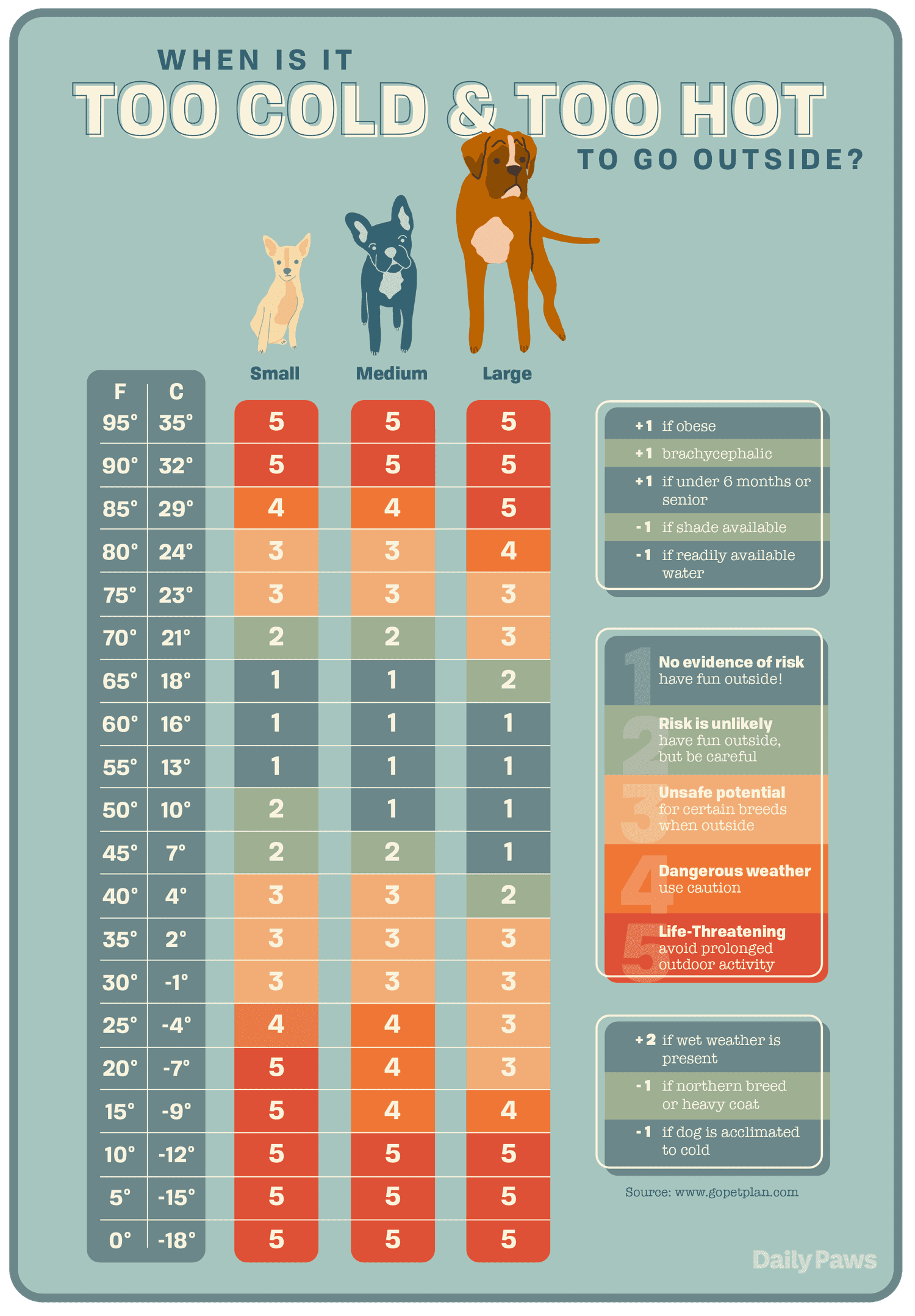Key Takeaways:
- Dogs do not sweat like humans do through their skin. They primarily cool themselves down by panting.
- While dogs have sweat glands, they are located in their paws and only play a minor role in regulating body temperature.
- The main way dogs release heat is through the pads of their feet, which can become moist when they are overheated.
- Dogs rely on other methods such as seeking shade, drinking water, and lying on cool surfaces to regulate their body temperature.
- It is important for dog owners to be aware of signs of overheating in their pets and take necessary steps to prevent heatstroke or heat exhaustion.
Have you ever wondered why dogs pant so much? Or maybe you've noticed that your furry friend seems to get sweaty after a long run. Well, here's a fascinating fact for you: dogs don't actually sweat like humans do! That's right, they have a completely different way of cooling down. Understanding how dogs regulate their body temperature is not only interesting, but it can also help us take better care of our canine companions. So, let's dive into the world of doggy perspiration and uncover the secrets behind their unique cooling system. Get ready to be amazed by these incredible creatures and discover why knowing about their sweat (or lack thereof) is essential for any dog lover. It's time to unravel the mysteries of doggy perspiration - prepare to be astounded!
Do Dogs Sweat Like Humans? Explained in Simple Terms
Understanding the Difference between Humans and Dogs
When it comes to sweating, humans and dogs have some differences. While humans have sweat glands all over their bodies, dogs only have a few sweat glands in their paws. These glands help them release a small amount of sweat, but it's not enough to cool them down like it does for humans.
Instead of sweating like us, dogs mainly rely on panting to regulate their body temperature. When a dog pants, they breathe rapidly with their tongue out, allowing moisture to evaporate from their mouth and throat. This helps them cool down by releasing heat from their bodies.
Fun Fact:
Dogs also have sweat glands on their noses! These glands secrete a watery substance that helps keep their nose moist.
How Dogs Cool Themselves Down When They're Hot: Easy-to-Understand Explanation
Panting: The Dog's Cooling Mechanism
When dogs get hot, they don't have the luxury of taking off layers of clothing like we do. Instead, they use panting as their primary way of cooling down. Panting is when a dog breathes rapidly with its tongue hanging out.
This rapid breathing helps increase air circulation in the dog's body and allows moisture to evaporate from its mouth and throat. As the moisture evaporates, it takes away some of the excess heat from the dog's body, helping them cool down.
Tips for Helping Your Dog Cool Down:
- Provide plenty of fresh water for your dog to drink.
- Create shaded areas where your dog can rest.
- Avoid exercising your dog during the hottest parts of the day.
Visible Signs That Show a Dog is Sweating: Simplified Explanation
Recognizing Signs of Overheating in Dogs
Although dogs don't sweat as visibly as humans, there are still some signs that can indicate they are overheating and need to cool down. One common sign is excessive panting, where the dog breathes heavily and rapidly.
Other signs include drooling more than usual, red or pale gums, weakness, and vomiting. If you notice any of these signs in your dog, it's important to take immediate action to help them cool down and prevent heatstroke.
Quick Actions to Cool Down an Overheated Dog:
- Mist your dog with cool water or place wet towels on their body.
- Offer small amounts of water for them to drink.
- Contact a veterinarian if the symptoms persist or worsen.
Can Dogs Overheat if They Can't Sweat? Find Out Here!
The Risk of Heatstroke in Dogs
Dogs can indeed overheat even though they don't sweat like humans. When dogs are exposed to high temperatures or engage in intense physical activity without proper cooling measures, their body temperature can rise rapidly, leading to heatstroke.
Heatstroke is a serious condition that requires immediate attention. It can cause organ damage and even be fatal if not treated promptly. That's why it's crucial for dog owners to be aware of the signs of overheating and take preventive measures to keep their furry friends safe.
Tips for Preventing Heatstroke:
- Avoid leaving your dog in a parked car, even for a few minutes.
- Provide access to shade and fresh water at all times.
- Avoid strenuous exercise during hot weather.
Other Ways Dogs Regulate Their Body Temperature: Simple Explanation
Additional Cooling Methods for Dogs
Besides panting, dogs have a few other ways to regulate their body temperature. One method is through seeking shade or finding cooler surfaces to lie on. They instinctively know how to find cooler spots, like lying on tile floors or digging holes in the ground.
Dogs also cool down by licking themselves. When they lick their fur, the saliva evaporates and cools their skin. This behavior is similar to how sweating works for humans, although it's not as effective for dogs due to their limited sweat glands.
Breeds of Dogs That Sweat More Than Others: Easy-to-Understand Information
Dogs with More Sweat Glands
While most dogs don't rely heavily on sweating to cool down, there are a few breeds that have more sweat glands than others. These breeds include the American Eskimo Dog and the Akita.
Their additional sweat glands allow them to release more moisture when they get hot, providing an extra cooling mechanism compared to other breeds. However, even these breeds primarily rely on panting as their main cooling method.
Fun Fact:
The hairless Chinese Crested dog breed has almost no hair and can actually sweat through its skin just like humans do! This makes them unique among dog breeds in terms of sweating capabilities.
In conclusion, dogs do sweat, but not in the same way as humans. They mainly cool themselves down by panting and through their paw pads.
Do dogs sweat through their fur?
Since dogs have fur, if they had sweat glands on their bodies, the sweat would not be able to evaporate. Cooling occurs when sweat evaporates. This is why it is more effective for dogs to have sweat glands on their paw pads, where there is less fur.
Do dogs sweat all over their body?
There is often a mistaken belief that dogs do not sweat. Although dogs do not sweat all over their bodies like humans do, they still sweat in specific areas. Dogs have two types of sweat glands: merocrine glands and apocrine glands.
Why is my dog body sweating?
Dogs regulate their body temperature by sweating through their paws. In addition, dogs have apocrine glands all over their body that produce sweat, but this sweat does not have a cooling effect. Instead, it contains scent pheromones that help dogs recognize and identify each other, as explained by the American Kennel Club.
Do dogs sweat when they pant?
While dogs do sweat, they don't sweat as much as humans do. Dogs have fewer sweat glands than humans, so they have to rely on different methods to cool down. The main way dogs cool themselves is through panting.
How do dogs cool themselves off?
Dogs do not have the ability to sweat through their skin like humans do. Instead, they rely on panting and releasing heat through their paws and nose in order to control their body temperature. If they are unable to cool down, they are at risk of developing heatstroke.
Do dogs sweat smell?
Unlike humans, dogs do not sweat in the same way. However, they do release a small amount of perspiration from their paws and hair follicles, which gives off a distinct smell that is unique to each dog. Dogs also produce oil, which is essential for maintaining healthy skin and hair and also has its own scent.
















